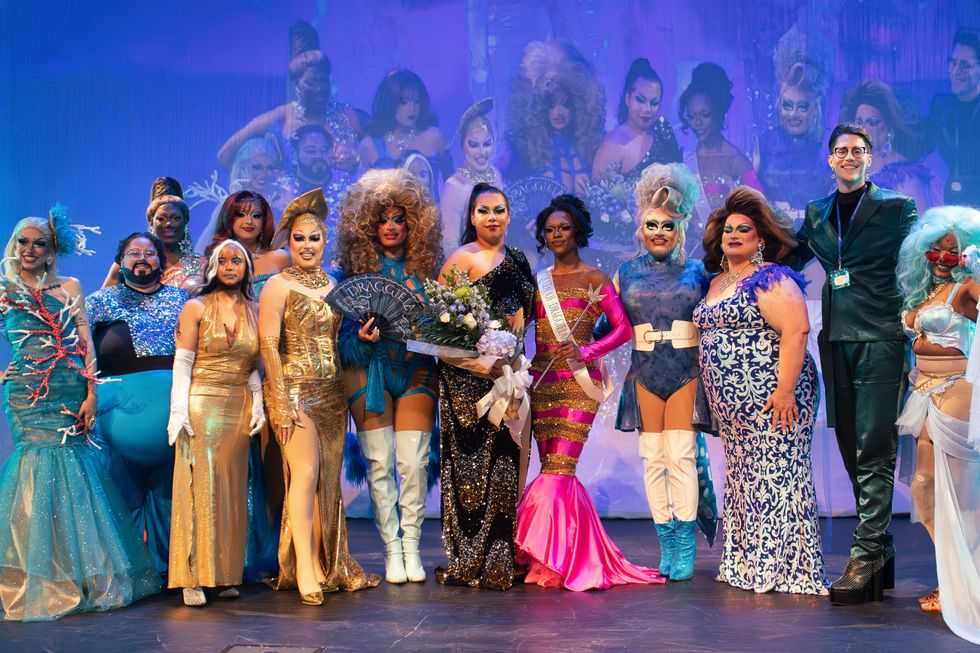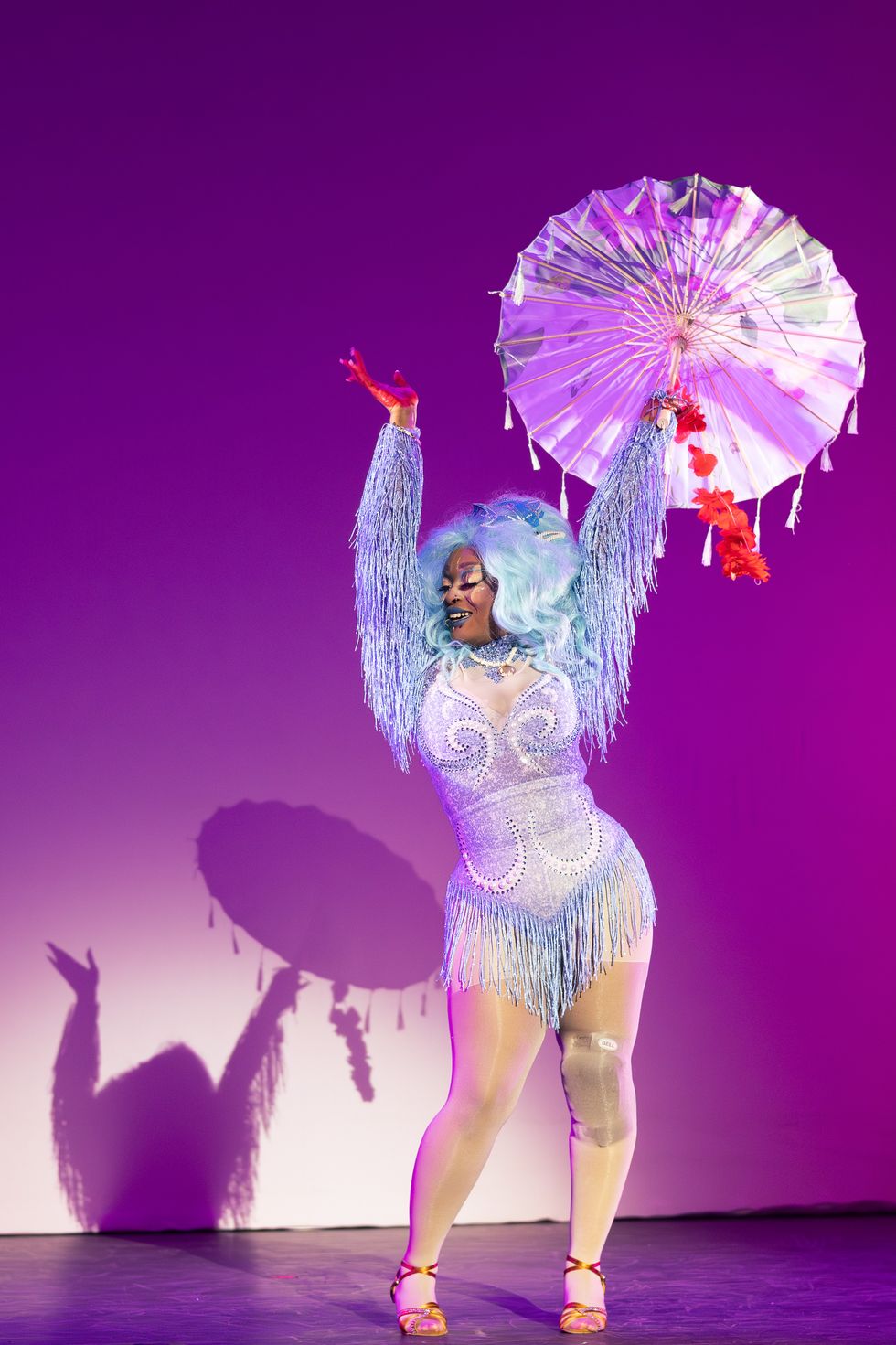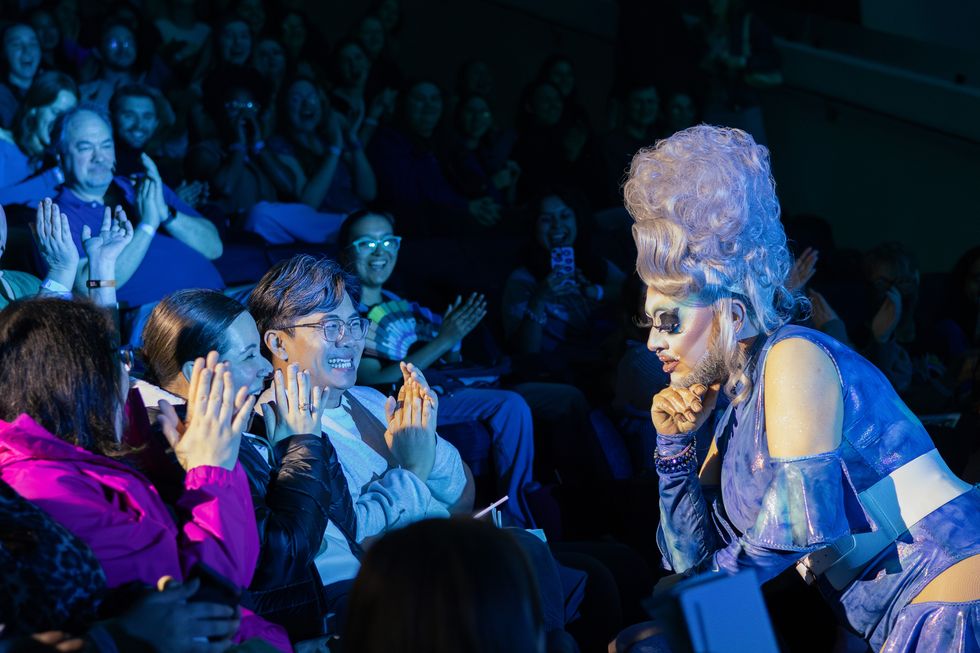The adoption of a textbook titled Mexican American Heritage probably seemed as if it would help students in Texas learn culturally relevant history. But late last year, angry parents and teachers across the Lone Star state successfully pressured the Texas State Board of Education to shelve the book. Some of the book’s most problematic passages said Mexicans “caused a number of economic and security problems in the United States,” including “poverty, non-assimilation, drugs, crime, and exploitation,” and “were not reared to put in a full day's work so vigorously.”
This isn’t the first controversy over a textbook containing offensive stereotypes and factually inaccurate passages about people of color or other minorities. In January, a Gibbs Smith Publishing textbook, The Connecticut Adventure, was yanked from classrooms in Norwalk, Connecticut, over passages that claimed slave owners in the state “cared for and protected” slaves “like members of the family.” And in 2015, a firestorm erupted after a student and a parent complained that the McGraw-Hill Education textbook, World Geography, referred to African slaves as “workers.”
But how do textbooks with such glaringly offensive passages make it into print in the first place? One problem might be that the demographics of the publishing industry itself do not reflect the rapidly changing diversity of the United States.
[quote position="left" is_quote="true"]In educational publishing I rarely, if ever, saw a woman of color in a role beyond manager[/quote]
“In educational publishing, I rarely, if ever, saw a woman of color in a role beyond manager,” says Jennifer Baker, a New York City-based production editor who works at Teachers College Press. In the four years she’s worked in the industry, most of the women of color she’s seen are employed in “areas like finance, or administration, or accounts payable, or human resources—not so much handling the book as product, but more so making sure the office itself was taken care of.” And if you want to find men of color, Baker says that in publishing houses, there’s one place black and Latino guys can always be found: “In the mailroom—not necessarily as editors, publicists, marketers. This is not to say there are none—this is to say there are very few to make it feel like there's been an impact since I started in 2013 to even now. “
The lack of diversity is not just an issue at the places where Baker has worked. “Just under 80 percent of publishing staff and review journal staff are white,” according to the Diversity Baseline Survey, a 2015 review conducted by New York City-based publisher Lee & Low Books, which looked at eight review journals and 34 publishers in North America. Lee & Low, which specializes in producing multicultural books, asked publishers—including big academic textbook players such as Scholastic—about the race, gender, sexual orientation, and disability status of their employees. Through the survey, Lee & Low wanted to find out how closely the lack of diverse books correlates with who works at publishing houses. “The percentages, while not exact, are proportional to how the majority of books look nowadays—predominantly white,” Lee & Low wrote on its website.
Experts say this lack of diversity has a direct effect on kids at school. “Students may perceive that they do not ‘belong’ in the classroom setting—a feeling that can lead to decreased participation, feelings of inadequacy, and other distractions,” according to the Yale Center for Teaching and Learning.
[quote position="left" is_quote="true"]Students internalize what they see, read, and are taught—and they're being taught that their culture and race is unimportant.[/quote]
Daisy Sherman, a seventh-grade English teacher in Dallas, has seen this firsthand. “I believe that the lack of diversity plays a huge role in the success of minority students,” says Sherman. “Oftentimes, we as people internalize the things we see, read, and are taught. The students are inadvertently being taught that their culture and race is less than and unimportant.”
Sherman’s underresourced school serves a student population that’s primarily low income students of color, and she says quality instructional materials are sometimes tough to come by. She has also seen students mentally check out because the learning materials that are available aren’t culturally relevant. “How interested would you be as a child in an age of reflection without being fully represented?” asks Sherman.
Some schools and teachers simply work around the textbook diversity deficit, adjusting the classroom material—or creating new lessons—in order to supplement factual or cultural gaps. The nonprofit Zinn Education Project, which provides more than 100 free classroom lessons and resources in order “to introduce students to a more accurate, complex, and engaging understanding of United States history than is found in traditional textbooks and curricula,” makes it easy for educators to adjust what they’re teaching. The result is that students are exposed to their culture and have the opportunity to learn about other cultures as well.
Textbook publishers that want to improve their hiring and promotion practices—and editorial production processes—could also access the expertise of companies in the industry that are leading the way, like Lee & Low.
“We’ve been around for 20 years, and we’ve always specialized in diverse books,” says Hannah Ehrlich, marketing and publicity director for Lee & Low. “We’ve always thought of ourselves as an activist company, so in addition to publishing diverse books themselves, we try to position ourselves at the forefront of the conversation about diversity in the publishing world,” says Ehrlich.
Within the next two decades, white children will become the minority in America’s classrooms. But whether a classroom is all white or is more racially diverse, kids shouldn’t be taught stereotypes and factual errors. The future of our nation depends on it.















 This doggo has some concerns. Photo by
This doggo has some concerns. Photo by  Ready to eat.Photo by
Ready to eat.Photo by 

 Let us all bow before Gary, the Internet's most adventurous feline. Photo credit: James Eastham
Let us all bow before Gary, the Internet's most adventurous feline. Photo credit: James Eastham Gary the Cat enjoys some paddling. Photo credit: James Eastham
Gary the Cat enjoys some paddling. Photo credit: James Eastham James and Gary chat with Ryan Reed and Tony Photo credit: Ryan Reed
James and Gary chat with Ryan Reed and Tony Photo credit: Ryan Reed


 Rock deterioration has damaged some of the inscriptions, but they remain visible. Renan Rodrigues Chandu and Pedro Arcanjo José Feitosa, and the Casa Grande boys
Rock deterioration has damaged some of the inscriptions, but they remain visible. Renan Rodrigues Chandu and Pedro Arcanjo José Feitosa, and the Casa Grande boys The Serrote do Letreiro site continues to provide rich insights into ancient life.
The Serrote do Letreiro site continues to provide rich insights into ancient life.

 File:Ralph Waldo Emerson House (Concord, MA).JPG - Wikimedia Commons
commons.wikimedia.org
File:Ralph Waldo Emerson House (Concord, MA).JPG - Wikimedia Commons
commons.wikimedia.org

 The contestants and hosts of Draggieland 2025Faith Cooper
The contestants and hosts of Draggieland 2025Faith Cooper Dulce Gabbana performs at Draggieland 2025.Faith Cooper
Dulce Gabbana performs at Draggieland 2025.Faith Cooper Melaka Mystika, guest host of Texas A&M's Draggieland, entertains the crowd
Faith Cooper
Melaka Mystika, guest host of Texas A&M's Draggieland, entertains the crowd
Faith Cooper